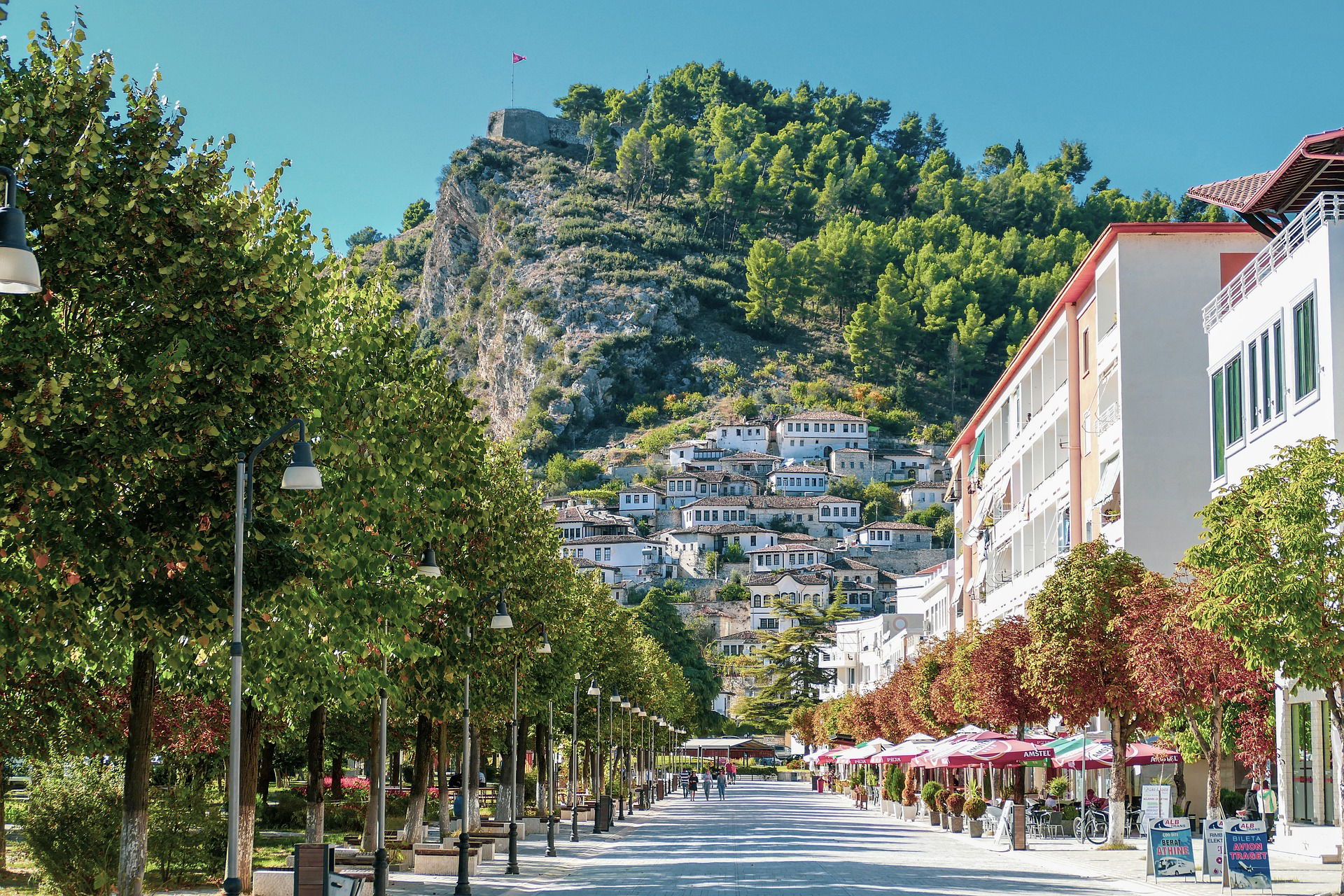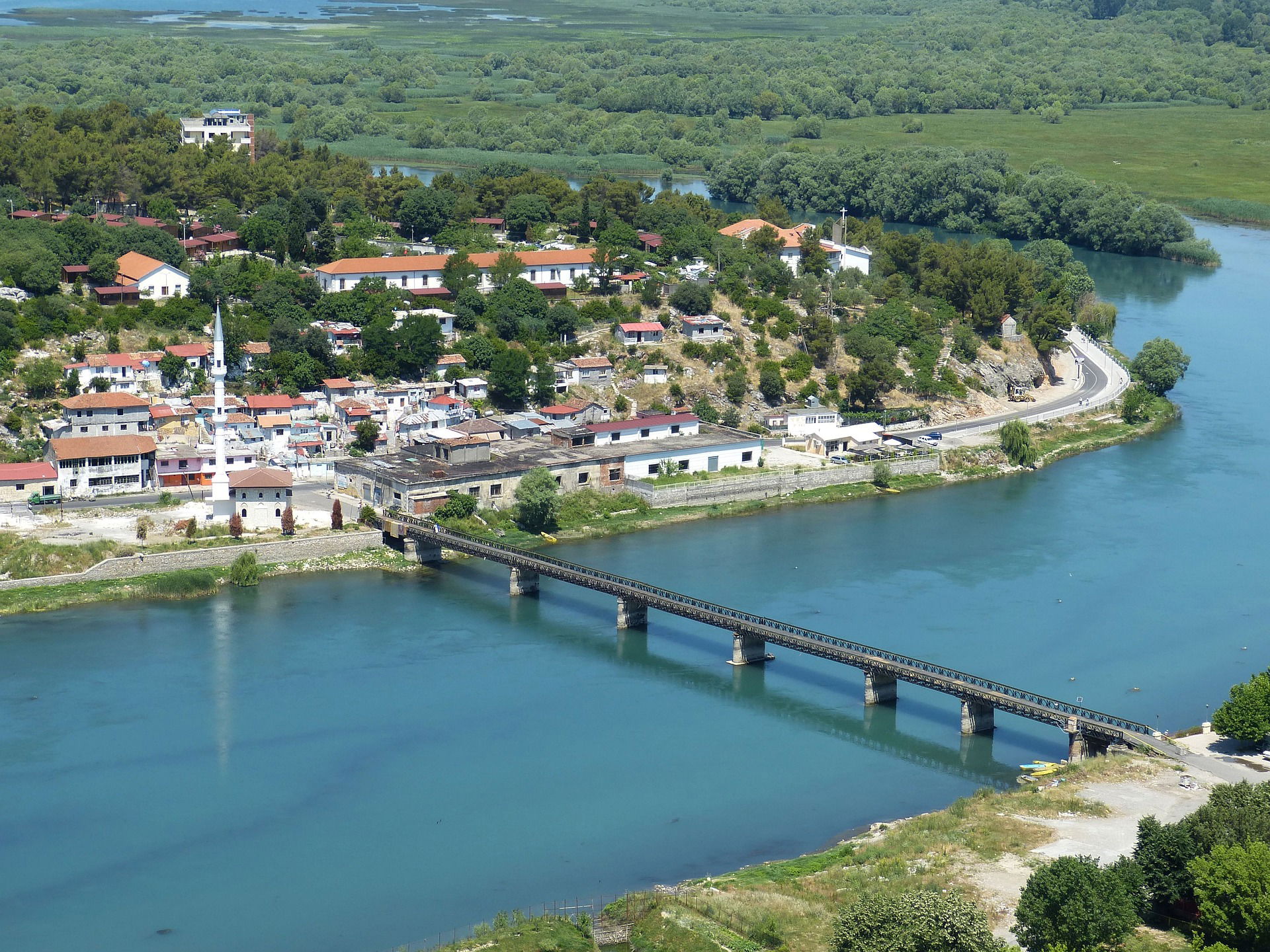History of Albania: Journey from an Ancient Civilization to a Modern Nation
Introduction
Albania, a small country on the Balkan Peninsula, is famous for its rich history, cultural heritage, and breathtaking natural beauty. Situated on the shores of the Adriatic and Ionian Seas, Albania has witnessed various civilizations over the centuries. From the ancient Illyrians to the rise and fall of communism in modern times—Albania’s history is a remarkable journey.
Ancient Albania: Ruled by the Illyrians
The history of Albania traces its roots to the ancient Illyrians, who lived in the Balkans between 1200 and 600 BC. The Illyrians were a farming and warrior people, and they built a powerful empire. The mountainous interior of Albania provided them with protection from invaders. The Illyrian kings Teuta and Gentius fought against the ancient Romans, but in 168 BC the Roman Empire defeated the Illyrians and took Albania under their rule. Under Roman rule, the region flourished in philosophy, art, and architecture.

Albania in the Middle Ages: Influence of the Byzantine and Ottoman Empires
After the fall of the Roman Empire, Albania became part of the Byzantine Empire. During the Byzantine period, Christianity spread and Albania became famous as a spiritual and cultural center. In the 12th century, the first independent Albanian state was established, known as the Principality of Argirokastro. In the late 14th century, the Ottoman Empire conquered Albania and brought it under their rule. During the Ottoman period, Islam spread to Albania and had a profound influence on Albanian culture and traditions.
Albania at Independence and in the Modern Era
The 1878 Prisoner League was the first step in the Albanian independence movement. However, it was not until 28 November 1912 that Albania declared its independence and was freed from Ottoman rule. After World War I, Albania was transformed into a short-lived democratic state. During World War II, Albania came under Italian rule and was later occupied by Germany. At the end of the war, communist leader Enver Hoxha seized power in Albania and established a communist regime in the country. In 1991, Albania returned to democracy and is today a liberal democratic state.

Main sights and tourist attractions in Albania
Albania's history, along with its rich culture and natural beauty, attracts tourists. Here are some notable places that should be on every tourist's list:
- Butrint National Park : Recognized as a UNESCO World Heritage Site, Butrint is an ancient city that contains remains of Greek, Roman, Byzantine, and Venetian civilizations. It includes an ancient theater, agora, and ancient temples.
- Berat City : Berat, known as the "City of a Thousand Windows", is one of the oldest cities in Albania. Its ancient mosques, Byzantine churches, and Ottoman architectural monuments attest to the city's traditional beauty.
- Gjirokaster City : Gjirokaster, another UNESCO World Heritage Site, is a city in southern Albania. Here, tourists can glimpse the past through old fortresses and villas on the Adriatic coast.
- Lake Shkodër : Located on the border of Albania and Montenegro, this lake is famous for its wildlife and